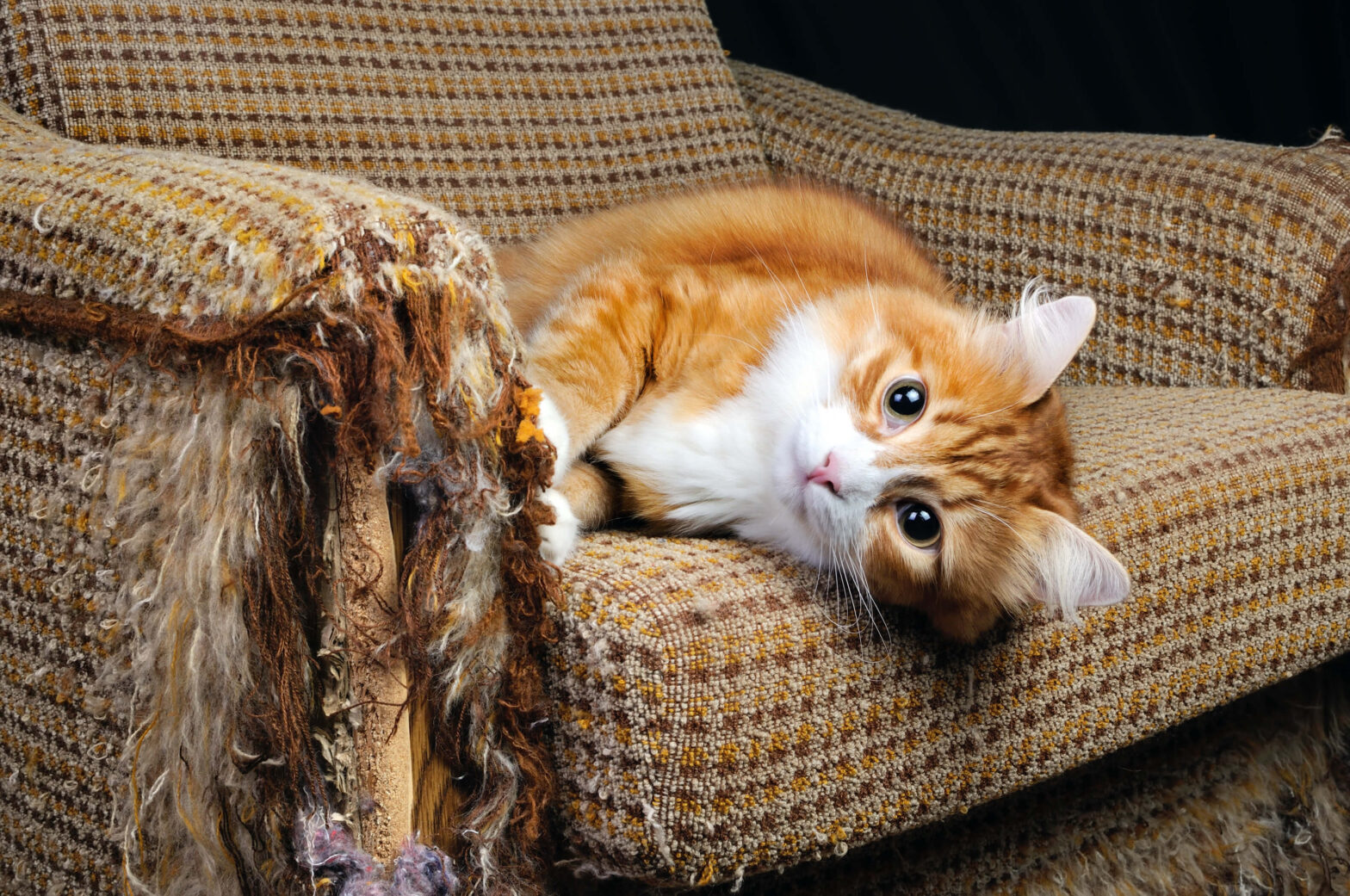Mitigating Cat Damage to a Rental Property: The Significance of Insurance
July 20, 2023
As a rental property owner, you might have encountered situations where a tenant’s pet has caused significant damage to your property. Among various pets, cats, in particular, have been known to contribute to this predicament. Acknowledging the potential for “cat damage” can help you devise strategies to safeguard your rental property. In such scenarios, having a robust insurance policy can be an absolute game-changer.
How Cat Damage Can Impact Your Rental Property
Cats, by their nature, are playful and curious creatures. Their propensity to scratch, climb, and explore can sometimes result in inadvertent damage to rental properties. This can encompass everything from clawed furniture and carpets, urine stains, odors, to more severe structural damage like torn window screens or scratched doors. Notably, these damages can lead to hefty repair costs, impacting your returns from the property.
Importance of Renters’ Insurance
In most cases, a tenant’s security deposit is insufficient to cover significant pet-induced damage. This is where renter’s insurance comes into play. A comprehensive renter’s insurance policy can provide coverage for personal liability, which includes damage caused by pets. Requiring your tenants to have renters’ insurance that includes pet damage can help protect your investment.
Property Owner’s Insurance: A Safety Net
While tenants need to have renters’ insurance, as a property owner, having your insurance policy is equally important. An insurance policy tailored for landlords can cover a variety of potential losses, including those resulting from pet damage. Keep in mind, however, that not all insurance companies cover pet-related damages in their standard policies. Therefore, make sure to discuss this with your insurance provider to ensure you’re adequately covered.
Prevention Is Better than Cure
Apart from insurance, investing time in preventative measures can significantly reduce the possibility of cat damage. This can involve implementing pet policies, like limiting the size and number of pets allowed or requiring cat owners to provide scratching posts. Regular property inspections also play a crucial role in catching and addressing any minor damages before they escalate.
Bottom Line
While cats can add joy to our lives, they can also contribute to wear and tear on your rental property. Understanding the potential risks and implementing an effective insurance strategy can help protect your investment from significant financial loss. Whether it’s requiring renters’ insurance for tenants or securing a comprehensive landlord’s policy, insurance serves as a valuable safety net. Remember, a little preparation today can save significant costs tomorrow.
Insurance is not merely an add-on but a necessity when managing rental properties. By adopting these measures, you’re not only safeguarding your property but also ensuring a smooth and harmonious relationship with your tenants.
Resources for Rental Property Owners:
